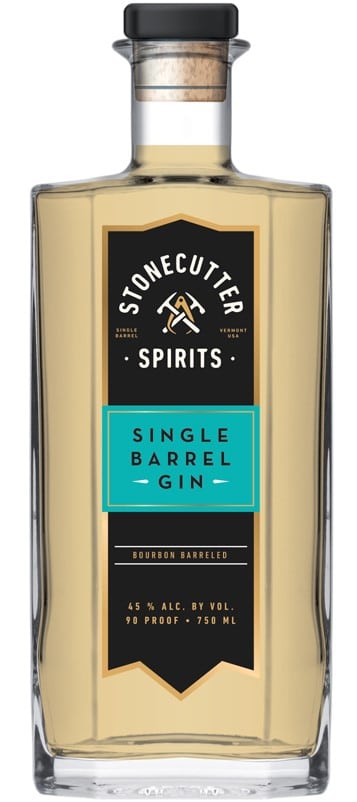Review: Ableforth's Batch 2 Pedro Ximénez Aged Bathtub Gin
Free sample bottle provided by Atom Brands.
Ableforth's Batch 2 Pedro Ximénez Aged Bathtub Gin was macerated, and aged by Ableforth's for That Boutique-y Gin Company and bottled at 43.3% ABV
Price: $3.92 for 30ml
Ableforth's is a self described "Madcap creator of unique, small-batch spirits." In the US, Ableforth's would be described as a rectifier, in that they purchase spirits, and then modify them by macerating botanicals, fruit or maturing the spirit in special casks. In the late 1800s the term rectifier took on an negative connotation in the US from the bad practices of some companies that would buy well made bourbon or rye and dilute it with neutral spirit, prune juice and even acids. However, there is a responsible way to be a rectifier and Ableforth's demonstrates that. They are well know for their Bathtub Gin which takes neutral spirit and macerates juniper, coriander, cardamom, cinnamon, orange peel and clove. The result is a gin with an yellow or amber tint from the botanicals. For this bottling, That Boutique-y Gin Company took some of the regular Ableforth's Bathtub Gin and aged it in a Pedro Ximénez Sherry cask.
TASTING NOTES
Nose: The nose has a very pleasant aroma of of cherries with baking spices like cinnamon and nutmeg. The nose is rich with notes from the sherry supported by juniper and the citrus.
Palate: On the palate the gin is smooth and full bodied. There are notes of coco, orange zest, cinnamon, and a slight undertone of brightness from the juniper.
Finish: The finish is medium long with concurrent flavors of juniper and citrus followed by deeper flavors from the wood.
Conclusion: It is hard to do this gin justice in writing but Ableforth's Batch 2 Pedro Ximénez Aged Bathtub Gin is one of the most amazing and wonderful spirits I've had the pleasure of drinking. The gin is a complete treat. The gin picks up a wonderful sweetness and complexity from the sherry while still allowing the juniper and other botanicals to sing. This gin should be enjoyed neat or use in an amazing Martinez.
Thank you to Master of Malt and That Boutique-y Gin Company for providing the free sample.

